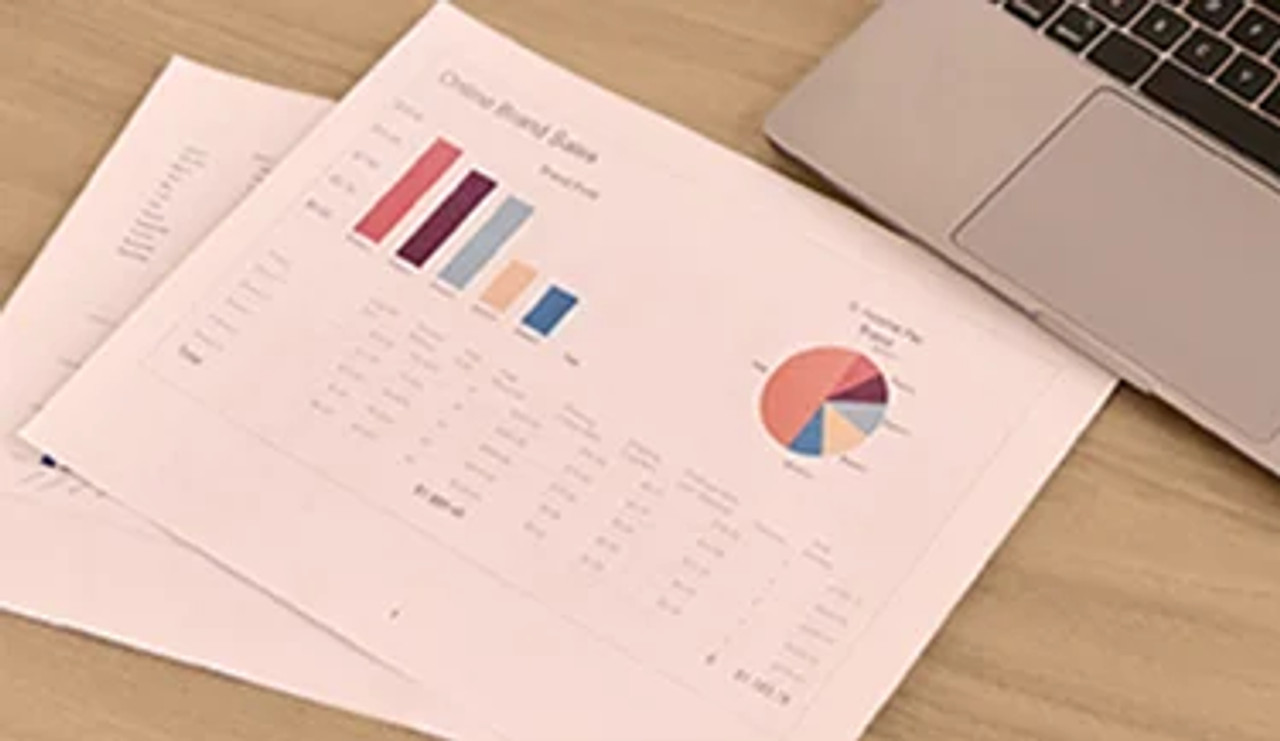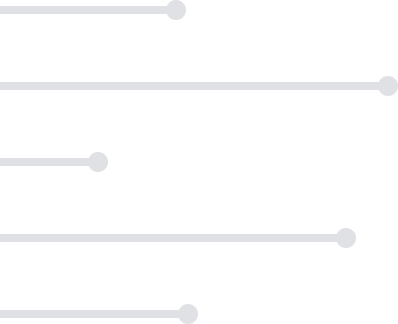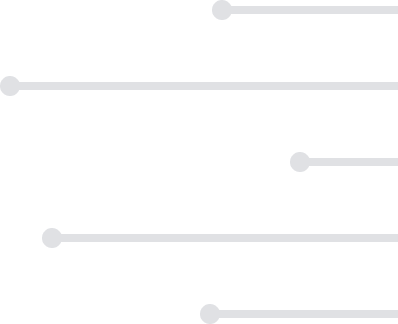
$79
Plus membership
3 Credits
All courses include:
eTextbooks
2 to 3-day turnaround for grading
Multiple chances to improve your grade
On-demand tutoring & writing center
Student support 7 days a week
$79
Plus membership
3 Credits
All courses include:
eTextbooks
2 to 3-day turnaround for grading
Multiple chances to improve your grade
On-demand tutoring & writing center
Student support 7 days a week
Business Statistics
$79
Plus membership
3 Credits
About This Course
ACE Approved 2021
This course familiarizes you with the basic concepts of business statistics while providing a comprehensive overview of its scope and limitations.
What You'll Learn
Define statistics and identify its scope and limitations.
Describe and apply the basic concepts in statistics.
Apply the sampling methods and the Central Limit Theorem to perform statistical analyses of samples and to predict population behavior.
Compute and interpret measures of location and dispersion.
Represent the statistical data in different forms and interpret the different representations.
Perform linear regression and correlation analysis.
Perform multiple regression and correlation analysis.
Describe the basic concepts of probability.
Describe and apply the discrete and continuous distributions of probability.
Conduct hypothesis tests based on one or two samples.
Perform one-way and two-way analyses of variance (ANOVA).
Apply nonparametric methods of statistical analysis.
Perform model building and model diagnoses.


Your Life, Your Schedule, Your Education
Transfer into over 3000+ institutions that accept ACE courses or transfer directly into 180+ partner schools.
REQUEST INFORMATION
Throughout the course you will perform statistical analyses of samples, compute the measures of location and dispersion, and interpret these measures for descriptive statistics. Business Statistics also reviews linear regression, multiple regression, and correlation analysis along with model building, diagnosis, and time series regression.
Successful completion of Introductory and/or Intermediate Algebra courses is recommended before taking Business Statistics.
| Topic | Subtopics |
|---|---|
| Statistics: An Introduction and Basic Concepts |
|
| Descriptive Statistics: Numerical Measures |
|
| Descriptive Statistics: Representational |
|
| Probability |
|
| Discrete and Continuous Probability Distributions |
|
| Sampling Methods and the Central Limit Theory |
|
| Using Confidence Intervals in the Sampling Process |
|
| Tests of Hypothesis |
|
| Analysis of Variance |
|
| Regression Analysis |
|
| Multiple Regression Analysis |
|
| Nonparametric Methods |
|
| Process Improvement Techniques |
|
Your score provides a percentage score and letter grade for each course. A passing percentage is 70% or higher.
Assignments for this course include:
- 4 Graded Exams
- 1 Midterm Exam
- 1 Graded Final
The required eTextbook for this course is included with your course purchase at no additional cost.
Lind, Douglas A., Marchal, William A. and Samuel A. Wathen. Basic Statistics for Business and Economics, 10th edition, McGraw-Hill/Irwin, 2022, ISBN: 9781260716313
Business Statistics students also take:
Helpful resources:







